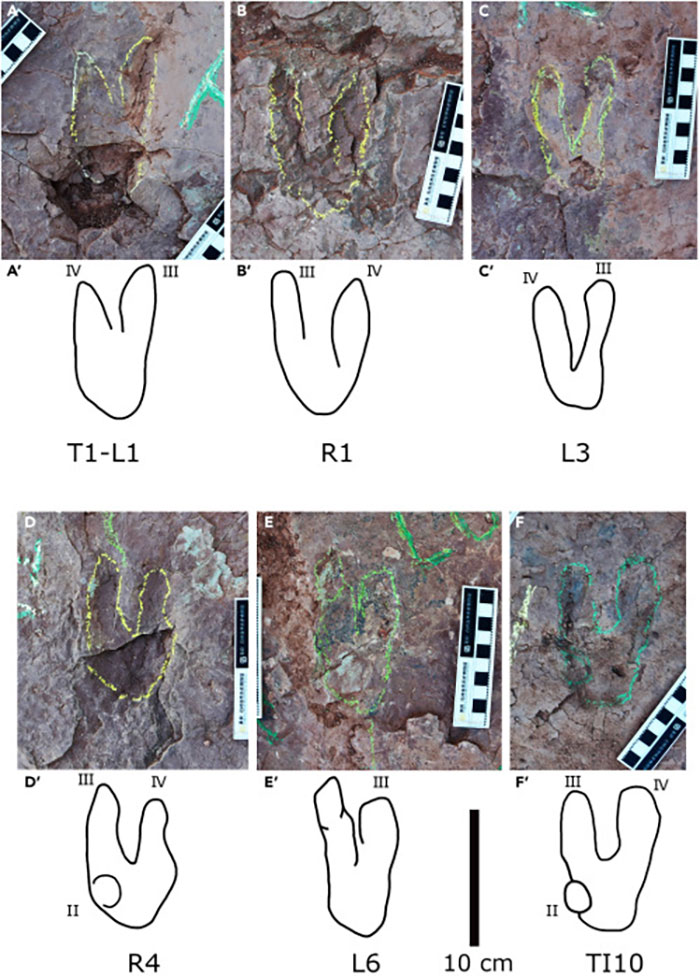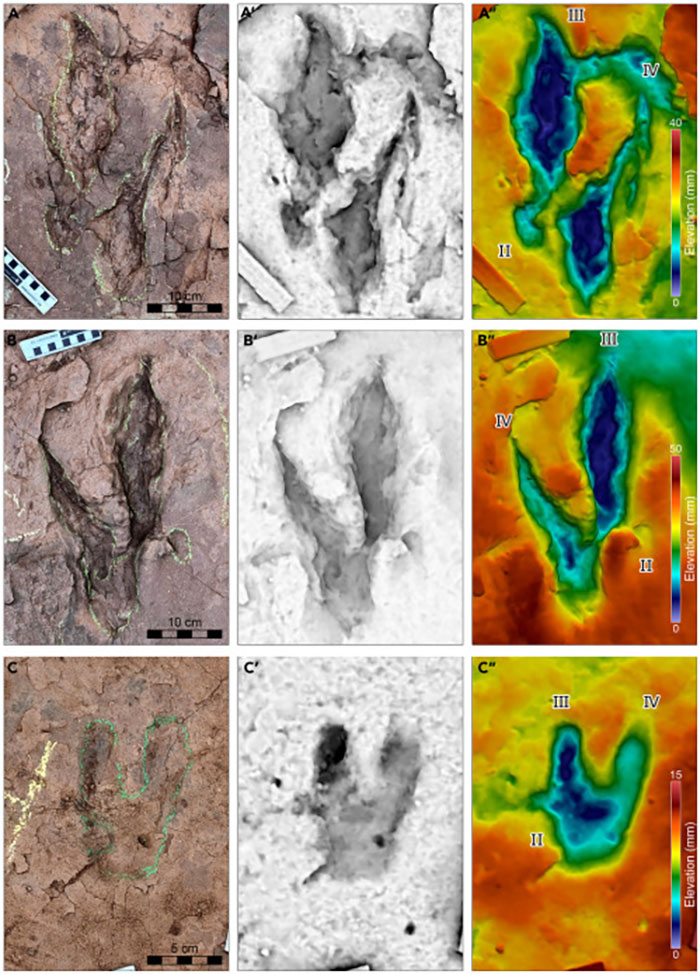
Scientists “Flabbergasted” By Recent Raptor Discovery In China
An international team of researchers in south-easternChina has discovered five raptor footprints believed to be from 95 million years ago.
Each of the raptor tracks measured approximately 14 inches (36 cm) long, making them the “largest raptor footprints ever found,” according to thestudy published in the journal Science.
“When you say ‘raptor,’ everyone thinks of the CGI critters from Jurassic Park. But ‘raptor’ is like ‘cat,'”explained Dr. Scott Persons, a professor of paleontology at the College of Charleston and a member of the research team.
- Researchers in China discovered raptor footprints from 95 million years ago, measuring 14 inches long.
- The footprints were found in Fujian province and are the largest raptor footprints ever discovered.
- The species named Fujianipus yingliangi was estimated to be 15 feet long.
A team of researchers at the Chinese province of Fujian have discovered the largest known raptor footprints

Image credits: a_romilio
“I was flabbergasted by the size of the prints. I’ve seen raptor tracks before, but they’ve all belonged to turkey-sized animals.
“The details on many of the prints are also strikingly good. You can see the shape of individual fleshy pads on each toe.”
The footprints were analyzed thanks to a technique known as photogrammetry, which takes photographs from different angles and builds 3D views of the tracks.
Raptor footprints are easily identified because these predators had four claws on each foot: two load-bearing claws, a larger claw, and a smaller one
Image credits: a_romilio
The largest tracks measured approximately 14 inches (36 cm) long
Image credits: iscience
Researchers estimated that the species, named Fujianipus yingliangi, was around 15 feet (5 meters) long and 5 feet 11 inches (1.8 meters) high at the hip.
In addition to their significant size, another surprising aspect of theraptor footprints was their location.
Paleontologists believe the Fujianipus might belong to a family of dinosaurs called troodontids, given the proportions of their toes.
“That’s exciting because big troodontids aren’t known from Asia,” Persons said. “The only other known large troodontids lived in prehistoric Alaska.”
“I was flabbergasted by the size of the prints. I’ve seen raptor tracks before, but they’ve all belonged to turkey-sized animals,” said paleontologist Dr. Scott Persons
Image credits: iscience
Raptor footprints are easily identified because the predators had four claws on each foot: two load-bearing claws, a larger claw, and a smaller one.
The other prints found in Fujian are thought to have belonged to a smaller, 1-meter velociraptor.
The team estimated that the species, named Fujianipus yingliangi, was around 15 feet (5 meters) long
Image credits: a_romilio
In case you were wondering about thesmallest known dinosaur footprints, they measured only one centimeter (0.4 inches) long.
The tiny tracks belonged to a raptor and were found in South Korea in 2018.
Dr. Anthony Romilio of the University of Queensland said the animal was so small that it could have easily fit in your hand.
“It just goes to show the incredible size range among raptordinosaurs, highlighting their adaptability and ecological diversity,”said Dr. Romilio.
“This is my favorite dinosaur now,” a reader commented
11Kviews
Share on FacebookThe velociraptor in Jurassic Park was actually based on a Deinonychus. Author Crichton went with a briefly held notion that maybe velociraptors were juvenile Deinonychuses. Velociraptors are chicken-sized, Deinonychus is more like the move dinosaur.
The velociraptor in Jurassic Park was actually based on a Deinonychus. Author Crichton went with a briefly held notion that maybe velociraptors were juvenile Deinonychuses. Velociraptors are chicken-sized, Deinonychus is more like the move dinosaur.

 Dark Mode
Dark Mode 

 No fees, cancel anytime
No fees, cancel anytime 































































59
4